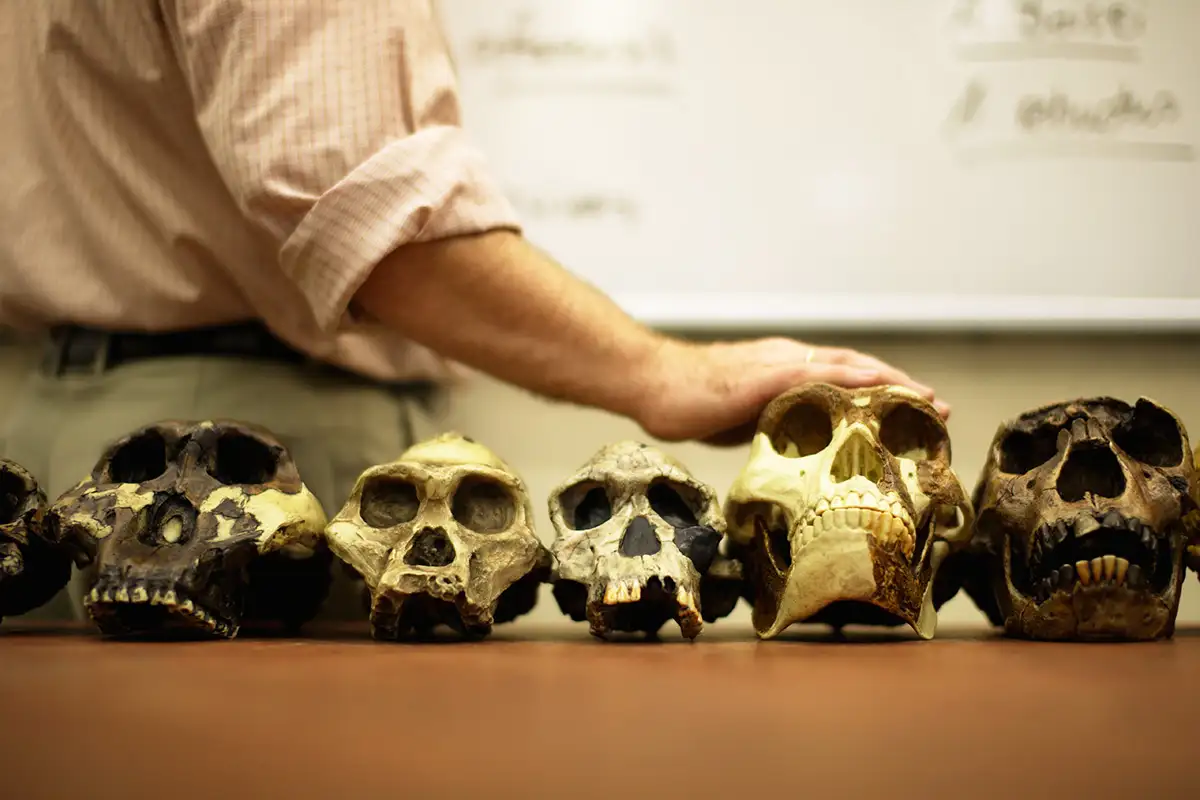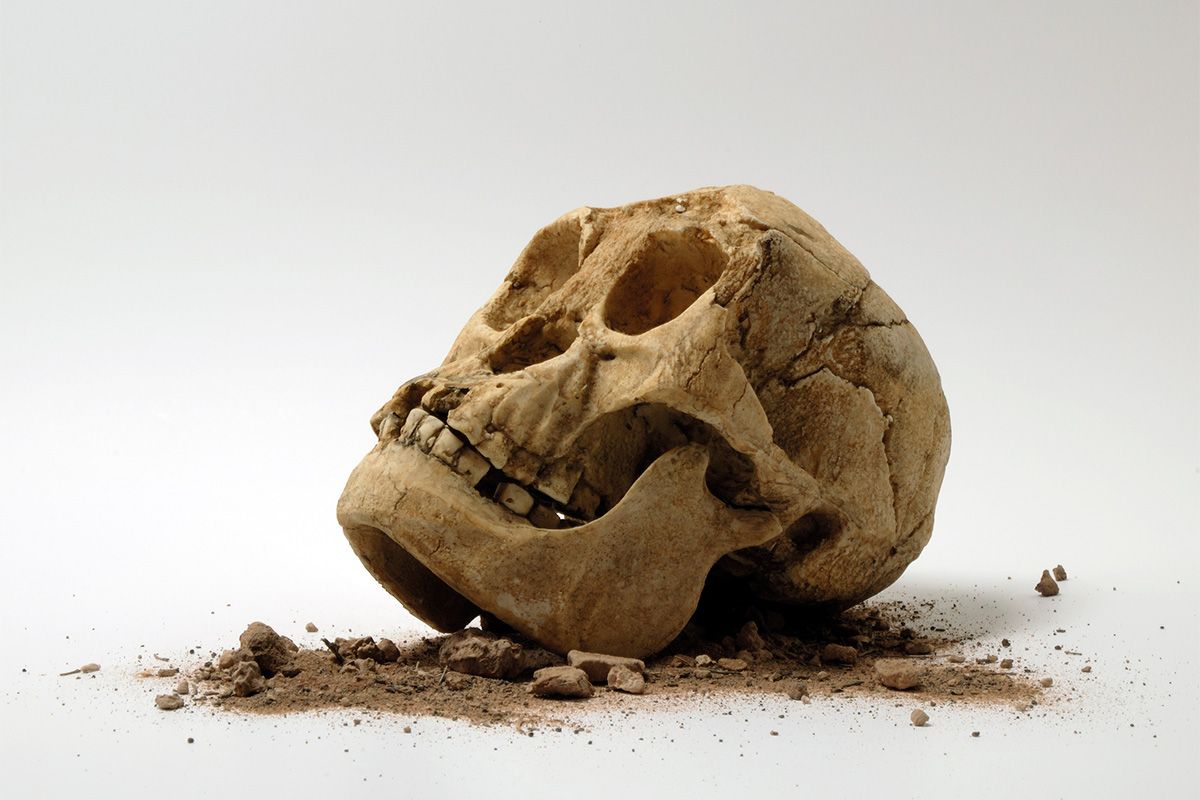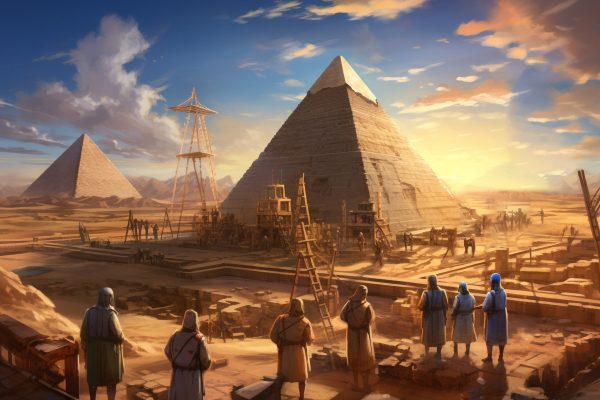The study of these remains suggests that humans may have separated from their ancestors 400,000 years earlier than previously thought, which would mean that much older members of other primitive hominids, such as Neanderthals or Homo sapiens, may have existed.
The digital reconstruction of a million-year-old skull suggests that humans may have separated from their ancestors 400,000 years earlier than previously thought, and that this occurred in Asia rather than Africa, according to a study published on Friday.
The findings are based on a crushed skull discovered in China in 1990 and could resolve the long-standing ‘middle confusion’ of human evolution, according to the researchers.
However, experts not involved in the work cautioned that the findings are likely to be controversial and pointed to the uncertainties that still exist in human chronology.
This skull, known as Yunxian 2, had previously been considered to belong to Homo erectus, an ancestor of our species.
But thanks to modern reconstruction technologies, a group of researchers discovered features in the skull—such as an apparently larger brain capacity—that bring it closer to species such as Homo longi or Homo sapiens, which were believed to have existed much later in human evolution.
‘This changes a lot of things,’ said Chris Stringer, an anthropologist at the Natural History Museum in London and a member of the research team, whose study was published in the journal Science.
‘This suggests that a million years ago our ancestors had already split into distinct groups, indicating a much older and more complex human evolutionary split than previously thought,’ he explained.
If these conclusions prove correct, it would mean that much older members of other primitive hominids, such as Neanderthals or Homo sapiens, may have existed.
This also ‘challenges’ long-established hypotheses that early humans dispersed from Africa, said Michael Petraglia, director of the Australian Centre for Human Evolution Research at Griffith University, who was not involved in the study.

‘There could be a major shift, with East Asia now playing a key role in hominid evolution,’ he said.
The study, published in the journal Science, used advanced computerised tomography, structured light imaging and virtual reconstruction techniques to model a complete Yunxian 2.
The scientists used another similar skull to create their model, which they then compared with more than 100 additional specimens.
‘Yunxian 2 could help us solve’ the great enigma surrounding a ‘confusing set of human fossils dating from 1 million to 300,000 years ago,’ Stringer said in a press release.
Many aspects of human evolution remain a subject of debate, and Petraglia said the study’s findings were ‘provocative,’ even though they were based on solid work. ‘It’s solid, but I don’t think there’s a definitive verdict yet. I think there will be a lot of questions raised,’ he said.
Andy Herries, an archaeologist at La Trobe University, said he was not convinced by the conclusions and that genetic analysis had shown that the morphology or shape of fossils ‘was not always a perfect indicator of human evolution’.
‘They have this interpretation which, in my opinion, does not take into account the genetic history of these elements that we do know,’ he said.





